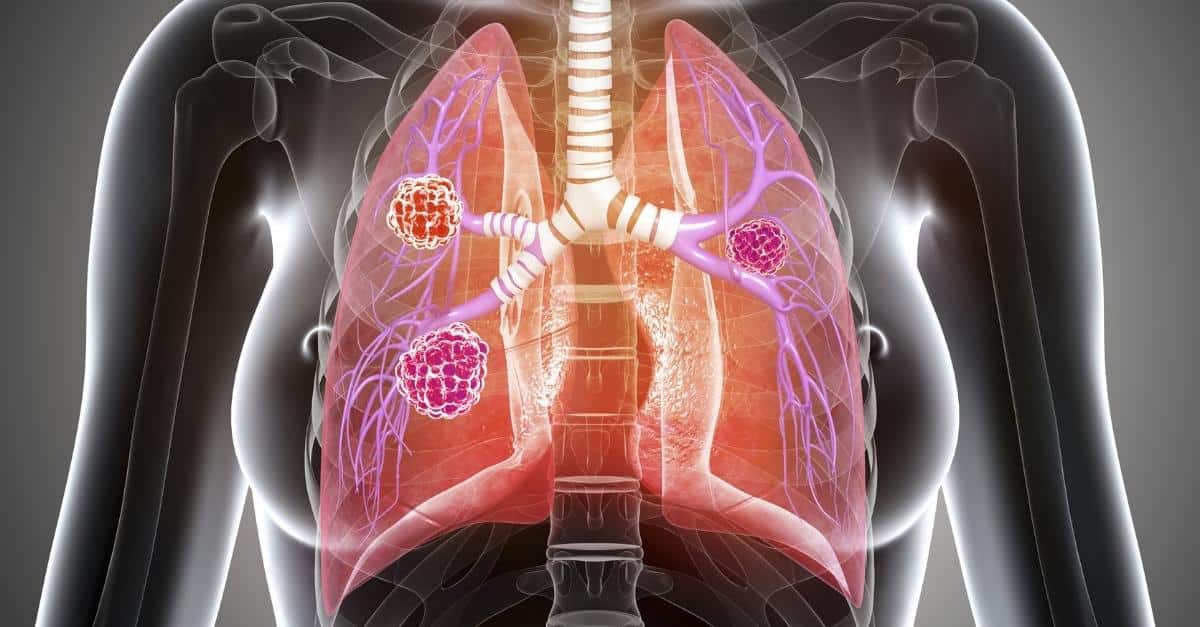There are two major classifications for chronic lung diseases.
One group of chronic lung diseases is classified as obstructive lung disease, which includes chronic obstructive pulmonary disease (COPD) and emphysema.
The other group is classified as restrictive lung disease. Examples of restrictive lung diseases include interstitial lung disease and pulmonary fibrosis.
Understanding your condition is the first step to a better quality of life. Here are the facts you need to know about restrictive lung disease.
What is restrictive lung disease?
People with restrictive lung disease cannot fully fill their lungs with air because their lungs are restricted from fully expanding. People find it difficult to take a full breath.
Often, restrictive lung disease results from a condition causing stiffness in the lungs themselves. Restrictive lung diseases are categorized as intrinsic and extrinsic.
Certain types of restrictive lung disease are called intrinsic restrictive lung disorders. Intrinsic disorders come from a problem within the lungs themselves.
Intrinsic Restrictive Lung Disorders include:
- Interstitial lung disease
- Idiopathic pulmonary fibrosis
- Pulmonary Fibrosis
- Sarcoidosis
- Pneumoconiosis
Sometimes, the restriction is caused by weak muscles, stiffness in the chest wall, or damaged nerves. Extrinsic restrictive lung disorders cause lung problems from disorders outside the lungs.
This means that the restriction and lung problems originate from outside of the lungs.
Extrinsic Restrictive Lung Disorders include:
- Obesity
- Pleural Effusion
- Myasthenia gravis
- Scoliosis
- Neuromuscular diseases, such as muscular dystrophy or Lou Gehrig’s Disease (ALS)
Restrictive lung disease is characterized by reduced total lung capacity (TLC). Total lung capacity represents the amount of air present in the lungs after taking the deepest breath possible.
TLC is determined during a pulmonary function test. Knowing the total lung capacity of someone with restrictive lung disease is important to confirm lung restriction and to measure the degree of restriction.
What are the restrictive lung disease symptoms?

There are several common symptoms with shortness of breath at the top of the list. In the early stages of the disease, shortness of breath may occur only with exertion.
However, as the disease progresses, shortness of breath or breathlessness may occur with minimal activity or during rest.
Another common symptom is a chronic cough. The cough is typically dry but may also produce white sputum.
Weight loss and fatigue are common symptoms as well. Many people find it challenging to maintain a healthy weight and have enough energy.
Some people with restrictive lung disease experience symptoms of depression and anxiety. These symptoms happen more often when the lung disease causes significant limitations.
What are the restrictive lung disease treatments?
Many types of restrictive lung diseases are progressive, meaning they will worsen over time. However, treatments are available and vary depending on the patient’s individual needs.
For example, Esbriet and Ofev are two FDA-approved medications sometimes used to treat idiopathic pulmonary fibrosis. Pulmonary fibrosis is a type of restrictive lung disease.
Other types of treatments work to reduce inflammation and suppress the immune system. These medications include corticosteroids, azathioprine, cyclophosphamide, and methotrexate.
Many people with restrictive lung disease use oxygen therapy to help maintain blood oxygen levels. A lung transplantation surgery is sometimes recommended in severe or end-stage restrictive lung disease cases.
For people with certain types of restrictive lung disease, such as pulmonary fibrosis, interstitial lung disease, idiopathic pulmonary fibrosis, or pneumoconiosis is available.
Under the supervision of their doctors, some people have reduced their oxygen therapy use after treatment.
Always consult with your doctor to see what treatment options are right for you.

Christine Kingsley, APRN is the Health and Wellness Director at the Lung Institute where she focuses on providing helpful online resources for people looking for information on various lung diseases, breathing exercises, and healthy lifestyle choices. She advocates for holistic care that involves working with your doctor to explore all options including traditional and alternative care while focusing on diet and exercise as proactive measures.









